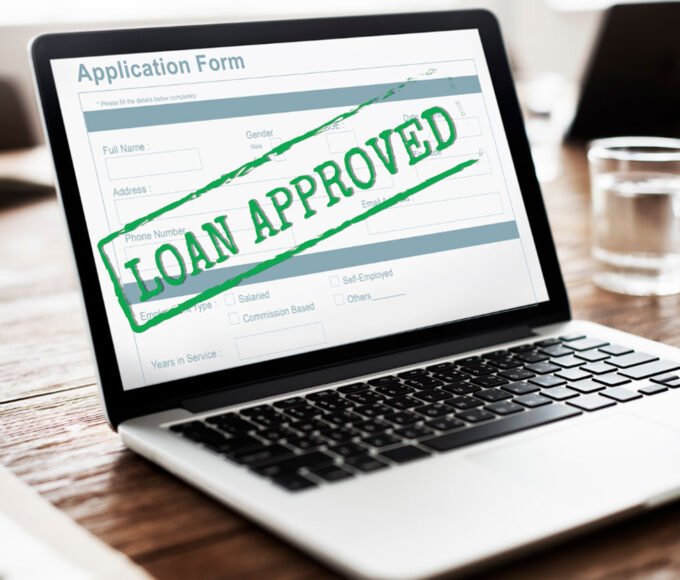Medical debt can be one of the most stressful types of debt to deal with. Whether it’s due to an unexpected emergency, a major procedure, or ongoing treatments, the bills can pile up quickly and become overwhelming. The healthcare system’s complexity doesn’t make things any easier, often leaving patients confused about what they owe and why. But here’s the good news: resolving medical debt is possible, and there are steps you can take to make the process less daunting.
If your medical debt is becoming unmanageable, you might want to explore a debt relief program as part of your strategy. These programs can help you consolidate your debt, negotiate lower payments, or find other ways to manage your financial obligations more effectively.
Start by Reviewing Your Medical Bills
The first step in resolving medical debt is to carefully review your medical bills. Medical billing systems are notoriously complex, and errors are more common than you might think. Don’t just assume that the amount on the bill is correct—take the time to go through each charge and make sure it matches the services you received.
Ask for an itemized bill if one isn’t provided, and review each line carefully. Look for any duplicate charges, services you didn’t receive, or errors in coding. If something doesn’t look right, don’t hesitate to contact the healthcare provider’s billing department for clarification. It’s possible that a simple mistake could be inflating your bill.
Verify What You Owe
Before you start paying off your medical debt, it’s crucial to verify what you actually owe. Contact your insurance company to confirm which charges they’ve covered and which ones are your responsibility. Sometimes, insurance may deny a claim due to a coding error or other issue, but this doesn’t necessarily mean you have to pay the full amount out of pocket.
If your insurance has denied a claim, you can appeal the decision. The process varies depending on your insurance provider, but it’s worth the effort to potentially reduce your out-of-pocket costs. Also, be aware of your state’s regulations and protections—some states have laws that limit what hospitals can charge uninsured patients or require them to offer financial assistance.
Explore Financial Assistance Options
Many hospitals and healthcare providers offer financial assistance programs for patients who are unable to pay their medical bills. These programs might reduce the amount you owe or set up a more manageable payment plan based on your income and financial situation.
To find out if you qualify, contact the billing department of the hospital or provider and ask about their financial assistance policies. You’ll likely need to provide proof of income and other financial information, but if you qualify, it can significantly reduce your medical debt.
In addition to provider-based assistance, there may be other resources available. Some non-profit organizations offer grants or other forms of financial help for patients facing large medical bills. It’s worth researching and reaching out to these organizations to see if they can provide support.
Negotiate Your Medical Bills
Did you know that medical bills are often negotiable? If you’re facing a large bill that you can’t afford to pay, it’s worth contacting the provider to see if they’re willing to negotiate. Healthcare providers would rather receive some payment than none, so they may be open to reducing the amount you owe or setting up an interest-free payment plan.
When negotiating, be honest about your financial situation and what you can realistically afford to pay. Sometimes, offering a lump-sum payment in exchange for a reduced bill can be an effective strategy, especially if the provider is concerned about collecting the full amount.
Consider a Debt Relief Program
If your medical debt is part of a larger financial struggle, a debt relief program might be a good option to explore. These programs can help you manage your overall debt load by consolidating your debts, negotiating with creditors for lower payments, or even reducing the total amount you owe.
Debt relief programs can be particularly helpful if you’re dealing with multiple debts, including medical bills, credit card debt, and personal loans. By simplifying your payments and potentially reducing your debt, these programs can provide much-needed relief and help you regain control of your finances.
However, it’s important to choose a reputable debt relief program. Be cautious of any company that promises to erase your debt completely or charges high upfront fees. Do your research, read reviews, and consult with a financial advisor if you’re unsure about which program is right for you.
Protect Yourself with Legal Rights
There are federal and state laws designed to protect consumers from unfair medical billing practices. For example, the No Surprises Act, which took effect in 2022, provides protections against unexpected out-of-network medical bills. This means that if you receive emergency care or certain non-emergency services at an in-network facility, you shouldn’t be charged higher out-of-network rates without your consent.
Additionally, some states have laws that limit the amount hospitals can charge uninsured or low-income patients. It’s important to know your rights and take advantage of any legal protections available to you. If you believe you’ve been overcharged or treated unfairly, don’t hesitate to seek legal advice or contact a consumer protection agency.
Develop a Plan to Pay Off Your Debt
Once you’ve reviewed your bills, verified what you owe, and explored your options, it’s time to develop a plan to pay off your medical debt. This might involve setting up a payment plan with the provider, using savings or other resources to pay down the debt, or incorporating your medical bills into a broader debt management strategy.
Consider your monthly budget and determine how much you can afford to pay toward your medical debt each month. If you’re working with a debt relief program, they can help you set up a payment plan that fits your financial situation. The key is to stay consistent with your payments and avoid taking on additional debt if possible.
Conclusion: Taking Control of Medical Debt
Resolving medical debt can be challenging, but it’s not impossible. By taking proactive steps—reviewing your bills, verifying what you owe, exploring financial assistance, and negotiating with providers—you can significantly reduce your debt burden and regain control of your finances.
If your medical debt is part of a larger financial struggle, consider a debt relief program to help you manage and reduce your overall debt. With the right approach and a clear plan, you can overcome medical debt and move toward a more secure financial future. Remember, you don’t have to navigate this alone—resources and support are available to help you every step of the way.
















